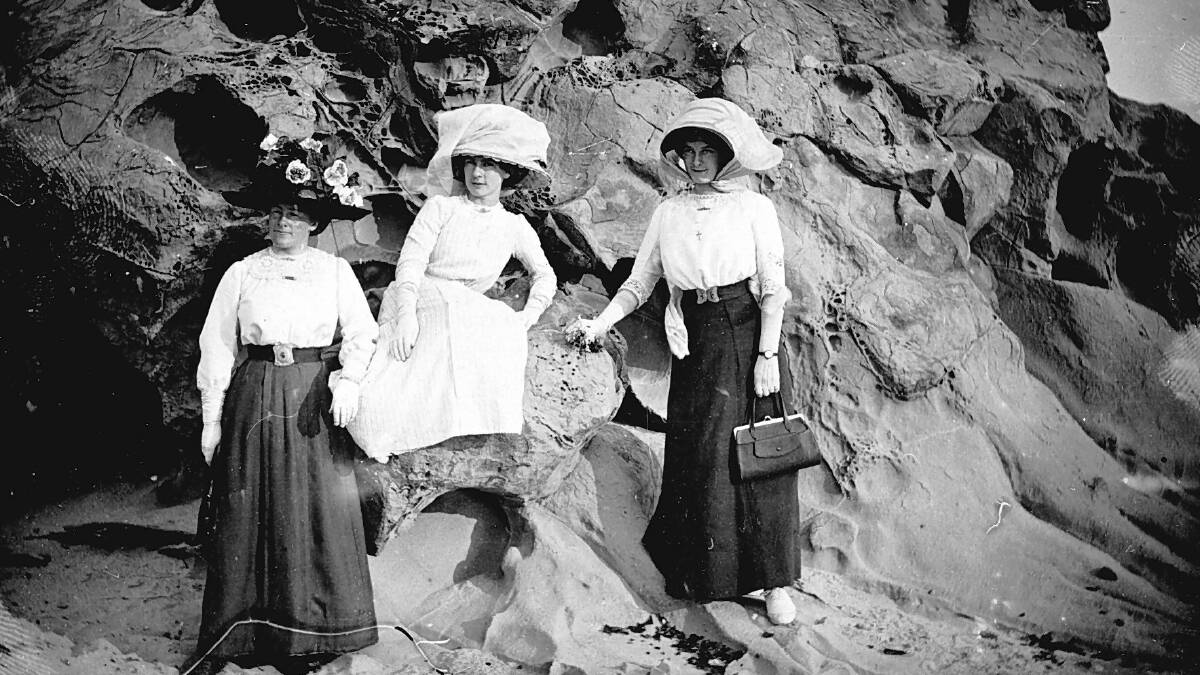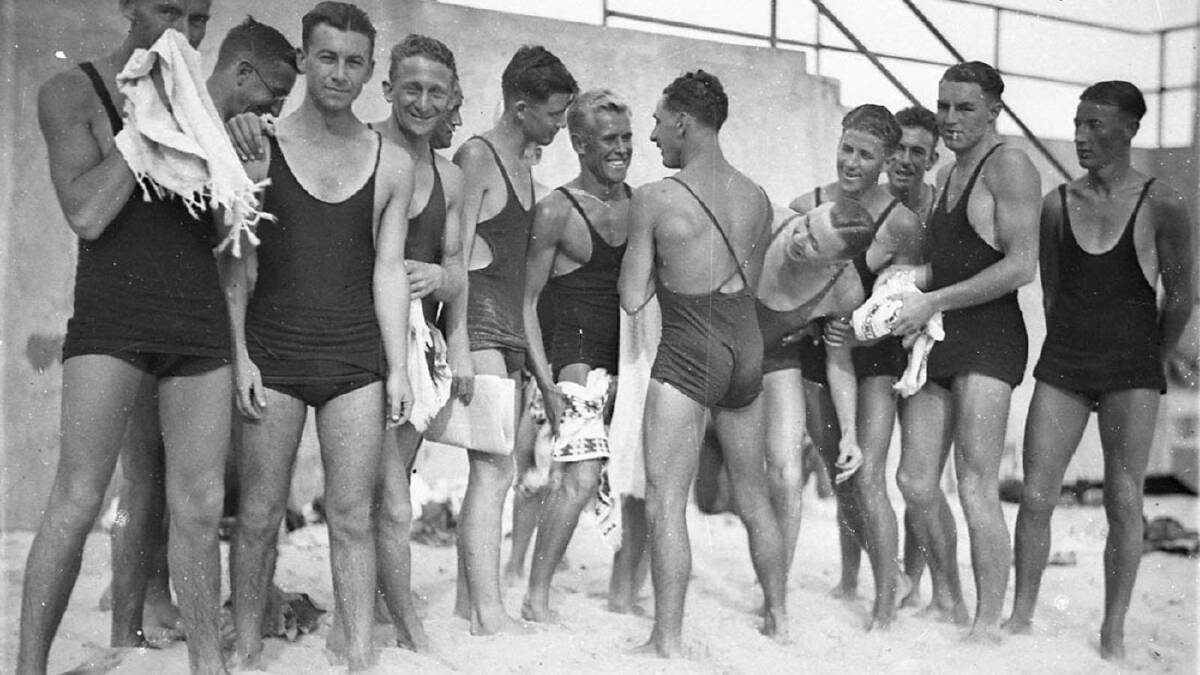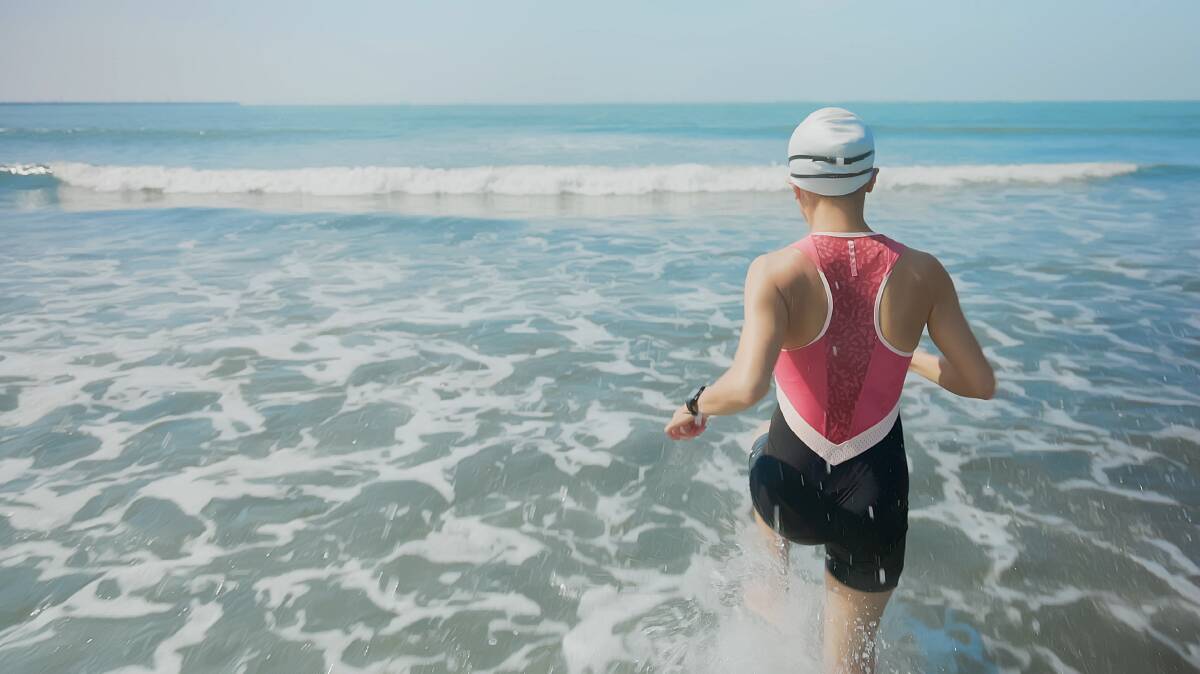Sunburn has been influential in shaping the history of swimwear trends in Australia.
Tanning was perceived as an expression of freedom in the early half of the 20th century but now it's considered a health risk.
In Australia, two in three people will experience some form of skin cancer before 70 years of age and its a disease that kills almost 2000 Australians each year, making sun-safety an important consideration when designing beach attire.
ACU gender and women's history research fellow Lorinda Cramer told ACM Australian attitudes changed in the 1990's "when we started to become aware of the potential damage of sunburn".

A glowing tan was considered healthy and desirable through the majority of the 20th century and helped entrench beach culture in the white Australian lifestyle, Ms Cramer said.
"The beach is a democratic space where people could go," Ms Cramer said.
Surf culture became significant in white Australian identity in the 1920's and 1930's, establishing the beach as a place to be "vigorous and free," Ms Cramer said.
During that time, social boundaries were shifting on the types of swimming costumes deemed acceptable in public.

Popular Australian women's swimsuits transitioned away from modest, layered woollen garments that revealed the wearer's forearms only and were cumbersome in the water.
"I think the woollen skirt in particular would have been quite difficult in the surf," Ms Cramer said.
Swimming costumes in the updated 1930's style include sleek, figure-hugging suits made with rubber blended materials.
Men's costumes followed a similar trajectory, becoming more streamlined to reflect a relaxed attitude towards exposed flesh.
IN OTHER NEWS:
The mid-1930's saw zip-off tops introduced into men's surf fashion, detaching from woollen shorts and belted to ensure the wearer felt secured in the waves.
These developments in swimwear design allowed beachgoers to tan more areas of the body, an aesthetic the international community was beginning to associate with Australian good health and wellbeing, Ms Cramer said.

The 1960's and 1970's saw tanning culture peak alongside increasing risqué swimwear, including the now-famous bikini.
The sexual revolution, happening in tandem with stylistic evolutions, changed cultural understandings around modesty and helped popularise lycra-blended suits to create more revealing and figure-hugging looks.
Swimmers in the 1960's embraced Australian Peter Travis' speedo design, the 'Tahitian briefs' for men, secured with string ties and boasting a small skirt in matching, vibrant patterns.
"Australians started to embrace these brief kinds of swimsuits," Ms Cramer said.
Changing trends saw one-piece swimsuits for women in the 1980's and 1990's become popular.
Like those featured in NBC's television show 'Baywatch,' these suits showed just as much skin as a classic bikini, cut high on the hip and low in the front and back.
An awareness of the potential damage from sunburn ushered in an era of SunSmart swimwear around the turn of the century, including the 'rashi' top, the 'tankini' and the accompanying Slip, Slop, Slap campaign from the Cancer Council.

Modern sunburn awareness may explain why Australian swimwear is not quite as brief in places like the french riviera, where tanning is still considered healthy, Ms Cramer said.
Australians have retained a cultural sense of adventure and a love of the outdoors but have updated fashions to reflect the threat of cancer from sunburn, she said.


